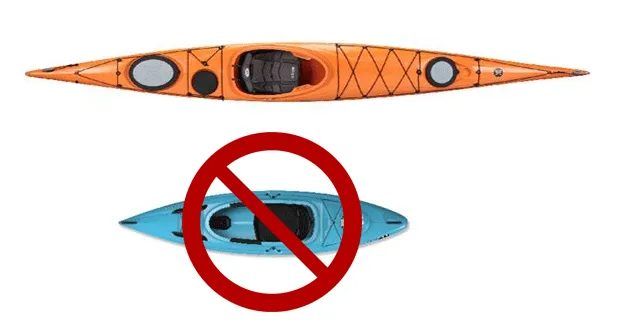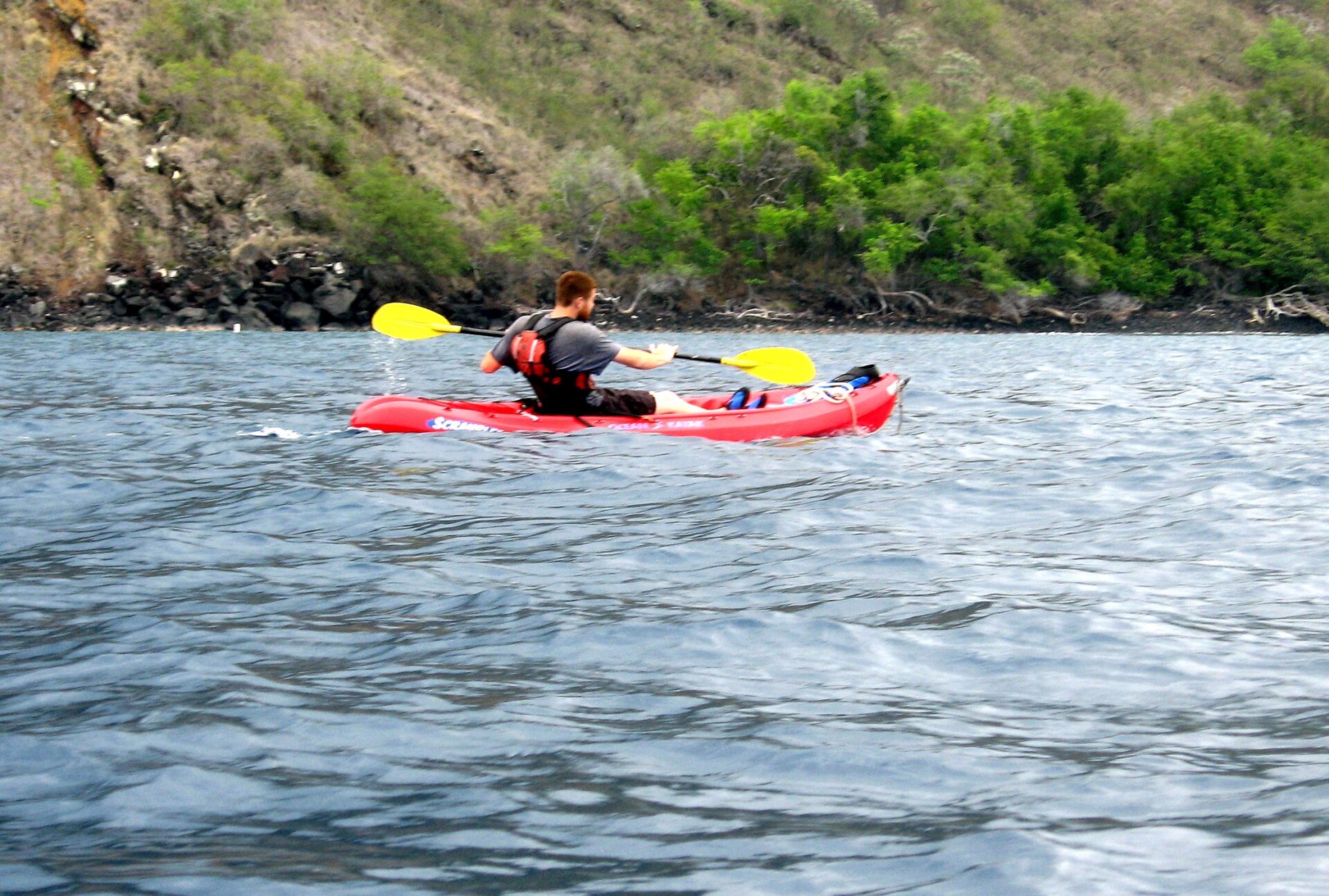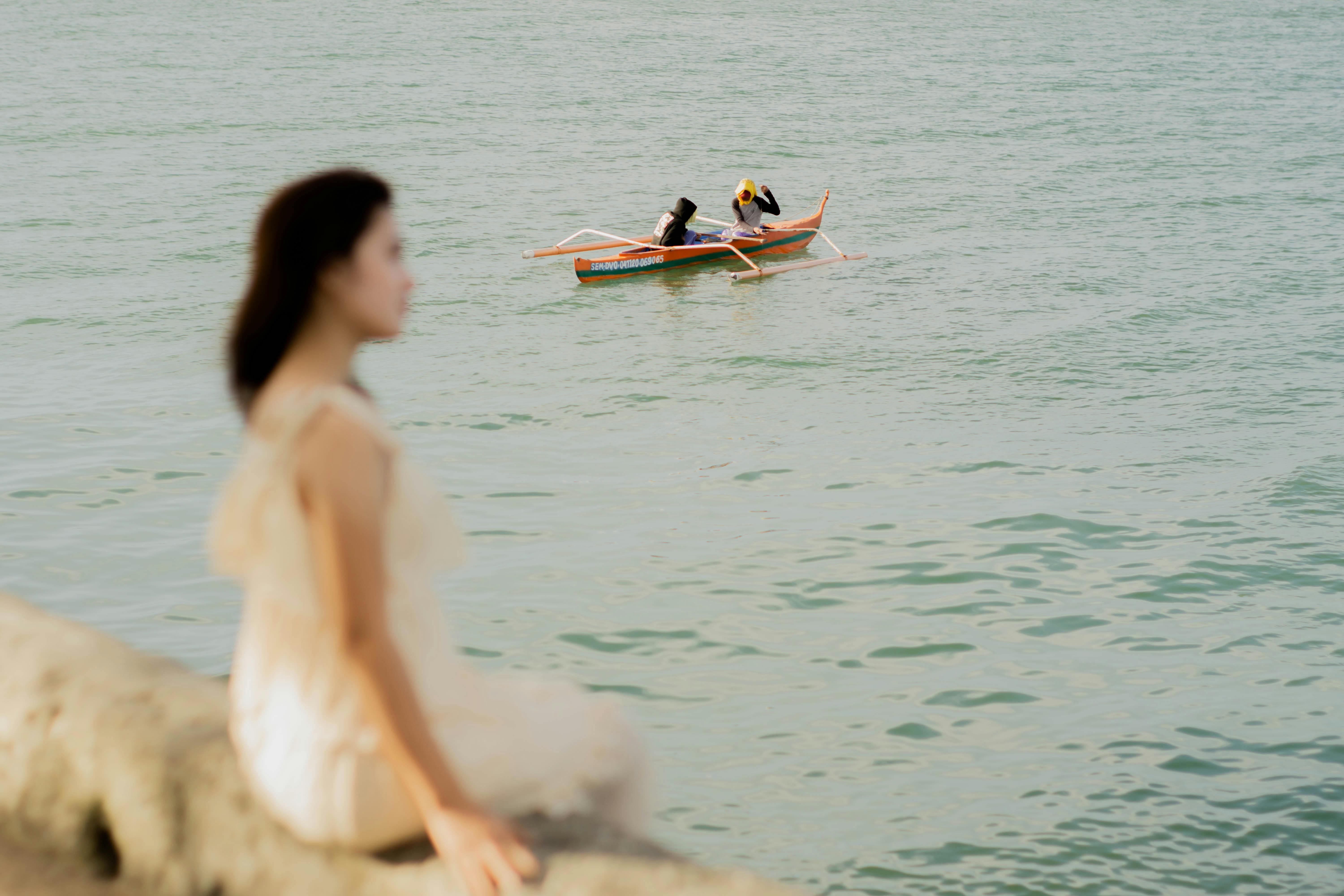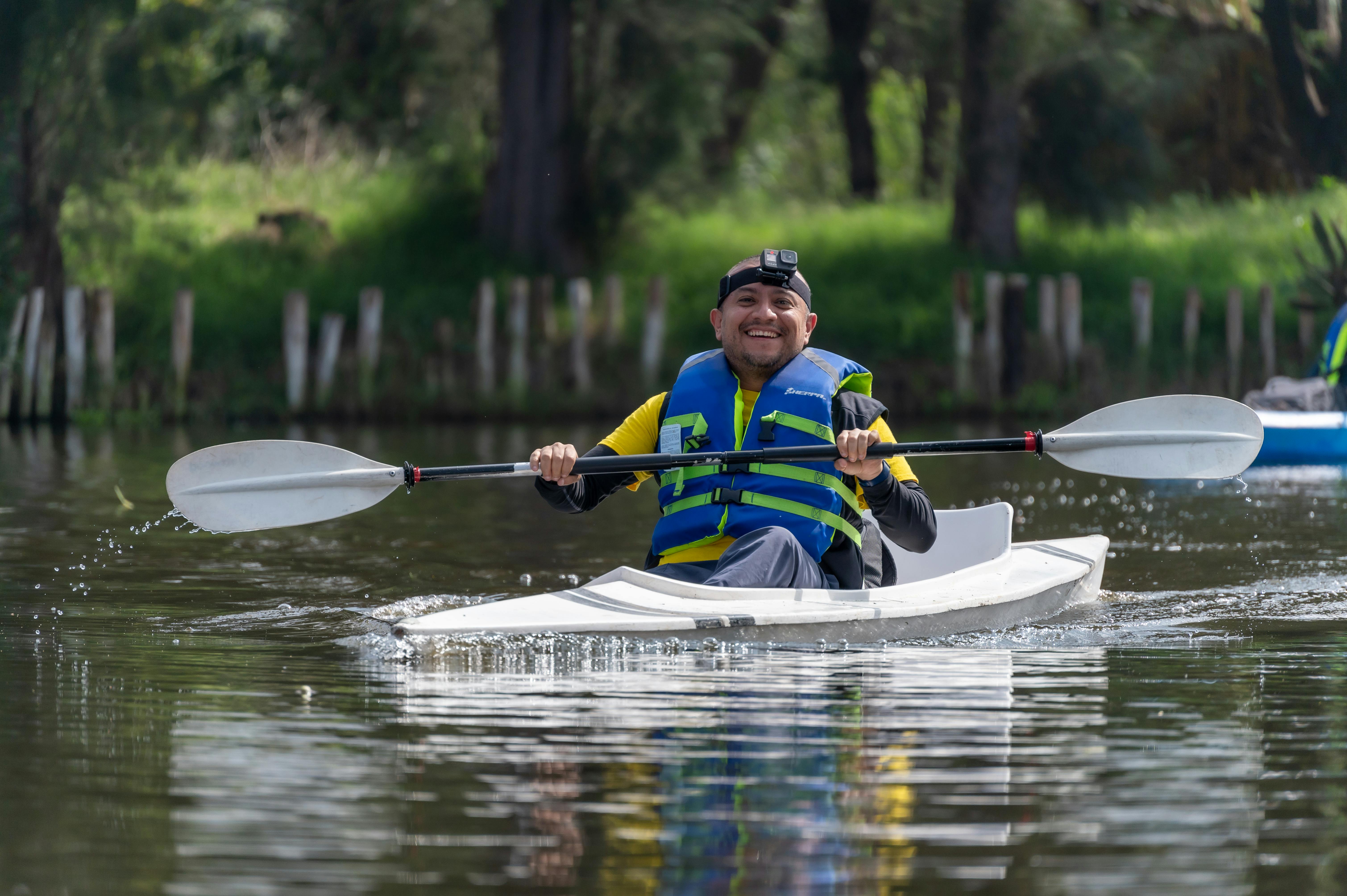Ever wondered how to sit in a kayak without feeling like you’re constantly slipping and sliding? The answer lies in proper kayak posture and seating techniques. When you master the art of sitting in a kayak, you’ll not only find yourself enjoying the adventure more but also paddling more efficiently and with less discomfort. Let’s dive into the essentials of sitting comfortably in a kayak.
Key Takeaways
- Proper kayak position is crucial for stability and comfort.
- Ergonomics in a kayak can prevent strain and improve paddling efficiency.
- Kayak balance starts with how you sit.
- Use padding or cushions to enhance comfort.
- Watch helpful videos to improve your technique.
How to Sit in a Kayak for Maximum Comfort and Stability
Getting the right kayak sitting technique is like finding the perfect recipe for cookies – once you get it right, you’ll never want to change it. The first step is to maintain a good kayak posture. Sit with your back straight, shoulders relaxed, and your legs slightly bent. Your feet should be resting comfortably on the footpegs, and your knees should be in contact with the kayak’s sides. This position not only helps in maintaining balance but also ensures that you can paddle efficiently.
Source: Wikimedia Commons
Importance of Proper Kayak Position
Why is the proper kayak position so important? It’s all about balance and control. When you’re seated correctly, you’re more stable, which means you’re less likely to tip over. Plus, you can paddle more powerfully and efficiently. Think of it like riding a bike – if you’re not seated properly, it’s harder to pedal, right?
Foot Position
Your foot position is crucial. Adjust the footpegs so that your knees are bent at a comfortable angle. Your toes should point slightly outward, and your heels should be close together. This ensures that your legs can help stabilize the kayak.
Back Support
Invest in a good backrest or cushion. Proper back support can make a huge difference in your comfort level and help you maintain the correct posture.
Table: Proper Kayak Sitting Position
| Aspect | Details |
|---|---|
| Back | Straight with relaxed shoulders |
| Legs | Slightly bent with knees in contact with sides |
| Feet | Resting on footpegs, toes pointing outward |
| Back Support | Comfortable cushion or backrest |
Enhancing Your Kayaking Seating Posture
When it comes to kayaking seating posture, the little things matter. From the angle of your knees to the support for your lower back, every detail contributes to a more enjoyable and effective paddling experience.
Using Additional Padding
Feeling a bit sore after a long kayaking trip? Adding some extra padding or a specialized kayak seat cushion can be a game-changer. Not only does it provide additional comfort, but it also helps you maintain the correct posture for longer periods.
Proper Leg Position
Your legs play a critical role in your overall balance and stability. Make sure your knees are slightly bent and in contact with the kayak’s sides. This position helps you to use your legs to stabilize the kayak, especially in rough waters. For more detailed insights on leg positioning, check out this Reddit discussion.
Adjusting the Footpegs
The footpegs in your kayak are adjustable for a reason. Make sure they are set so that your knees are comfortably bent. This not only improves your stability but also reduces strain on your lower back.
Quote on Kayak Posture
“Proper kayak posture is the difference between an enjoyable day on the water and a sore back the next day.” – Kayaking Enthusiast
Maintaining Balance and Stability in a Kayak
Keeping your kayak stable is all about how you position your body. When you’re seated correctly, your center of gravity is low, which helps in maintaining balance.
Body Alignment
Your body should be aligned with the kayak. This means sitting upright with your weight evenly distributed on both sides. Avoid leaning too far forward or backward, as this can make the kayak unstable.
Using Your Core Muscles
Your core muscles play a significant role in maintaining stability. Engage your core to help keep your balance, especially when paddling through rough waters.
Source: Pexels.com
Quote on Kayak Balance
“A stable kayak starts with a stable paddler. Your balance is your best friend on the water.” – Professional Kayaker
Ergonomics in a Kayak: Comfort Meets Efficiency
Ergonomics isn’t just for office chairs; it’s equally important in a kayak. Proper ergonomics can prevent strain and improve your paddling efficiency.
Adjusting Your Seat
Most modern kayaks come with adjustable seats. Make sure to adjust the seat to fit your body size and shape. This helps in reducing strain on your back and legs.
Using Lumbar Support
Lumbar support can make a big difference. A good lumbar cushion supports the natural curve of your lower back, reducing fatigue and discomfort.
Ergonomic Paddling Position
When it comes to paddling, how you hold the paddle and your paddling technique matter. Hold the paddle with a relaxed grip, and use your torso to rotate rather than just your arms. This not only makes paddling easier but also more efficient.
Source: Pexels.com
Tips for Sitting Comfortably in a Kayak
Comfort is key when you’re out on the water for extended periods. Here are some tips to help you sit comfortably in a kayak.
Use a Cushioned Seat
A cushioned seat can make a world of difference. Look for seats that offer good padding and support. Many kayaks also offer removable seats that you can replace with more comfortable options.
Wear Comfortable Clothing
The right clothing can also enhance your comfort. Opt for moisture-wicking fabrics that keep you dry and comfortable. Avoid clothing with seams that can dig into your skin.
Take Breaks
Don’t forget to take breaks. Stretch your legs and back every once in a while to prevent stiffness and discomfort.
Table: Tips for Comfortable Kayak Seating
| Tip | Details |
|---|---|
| Use Cushioned Seat | Opt for seats with good padding and support |
| Wear Comfortable Clothing | Choose moisture-wicking fabrics |
| Take Breaks | Stretch your legs and back periodically |
Watch this Video on How to Sit in a Kayak
For a visual guide on how to sit in a kayak, check out this helpful YouTube video.
By now, you should have a good idea of how to sit in a kayak for both comfort and efficiency. Remember, the key is to maintain a proper posture, use the right equipment, and take care of your body. Whether you’re a beginner or a seasoned kayaker, these tips will help you enjoy your time on the water even more.
Frequently Asked Questions
Q: Should the heavier person sit in the front or back of a kayak?
A: The heavier person should generally sit in the back of a tandem kayak. This helps to maintain better balance and control, especially in windy conditions or rough waters.
Q: Should your legs be straight in a kayak?
A: No, your legs should not be completely straight. They should be slightly bent with your knees in contact with the sides of the kayak. This position helps in maintaining balance and provides better control.
Q: Does it matter who sits in front or back kayak?
A: Yes, it does matter. Generally, the more experienced paddler or the heavier person should sit in the back. This helps in better steering and balance.
Q: Does the heavy person sit in the front or back of a canoe?
A: Similar to a kayak, the heavier person should sit in the back of the canoe. This helps in maintaining better balance and control.





[…] How can I keep my toddler entertained during a kayak […]